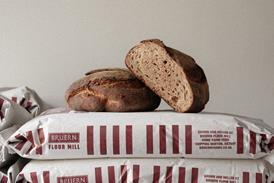Dry weather prompts MARS downgrade for wheat crop

Continued dry weather has prompted the EU’s Crop Monitoring service to further downgrade its forecasts for UK crop yields.
To continue reading, register for free
You are what you read, registration is quick, easy and free. Just click register now and you’ll be finished faster than it takes you to butter a crumpet!
Don’t miss out:
- Unlimited access to content
- Regular newsletters to your inbox
- Save articles to read later on
- A more personalised experience
Already registered? Please log-in here


















